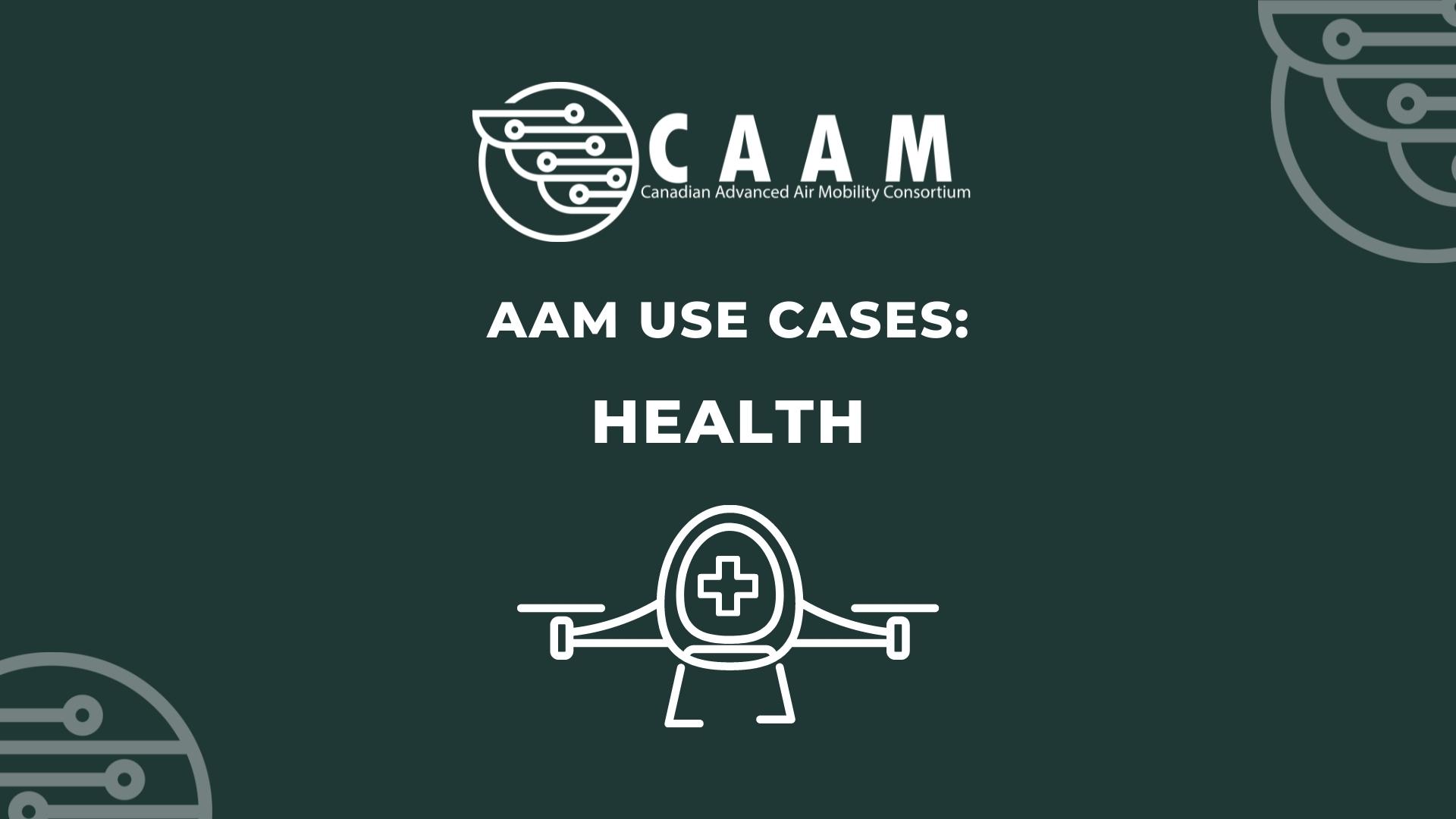 Advanced Air Mobility (AAM) may be a few years away from dominating aviation, but that doesn’t mean that its aircraft aren’t helping society today. Aviation may not yet reach the Airbus ZEROe initiative, but that doesn’t mean AAM is waiting for the future to happen. The future is already happening!
Advanced Air Mobility (AAM) may be a few years away from dominating aviation, but that doesn’t mean that its aircraft aren’t helping society today. Aviation may not yet reach the Airbus ZEROe initiative, but that doesn’t mean AAM is waiting for the future to happen. The future is already happening!
InDro Robotics and Penelakut First Nations
In 2021, InDro Robotics established a partnership with the Penelakut First Nation. When the COVID-19 pandemic hit and both the Federal and British Columbia Provincial Government imposed travel restrictions, the Penelakut First Nations faced a decreasing in medical supplies. Penelakut Island is one of the Southern Gulf Islands between Vancouver Island and the mainland Pacific coast of BC.
Faren Charlie, Health Director for Penelakut Nations, stated at the time, “Being an island community, the Penelakut Nation has traditionally relied on boat transport for access to essential services and supplies. The InDro Robotics project presents new possibilities to serve our people faster, which will be life-saving in the face of a pandemic.”
InDro Robotics worked closely with the First Nations Health Authority and Vancouver Island Health Authority. Their partnership created a solution to use drones to transport Personal Protective Equipment (PPE), defibrillators, and other medical supplies to Penelakut Island. The program also offered training to members of Penelakut First Nation to learn the mechanics of flying to become certified advanced drone pilots with time.
Unither Bioelectronics: A breath in the sky
The Unither Bioelectronics: A Breath in the sky was a proof-of-concept flight in September 2021 in Toronto, ON, between Toronto Western Hospital and Toronto General Hospital. It was the first time an RPAS delivered a lung destined for transplant.
“So the major limitation in organ transplantation is that there are not enough organs for the patients. Right now, it’s logistically very challenging to move organs from all across the country, and so if we can move them around by drone, it’s going to simplify things, but it’s also going to improve the quality of the organs. This is not something that one group of people can do. Partnering […] improves our chance of success,” Dr. Atul Humar, Medical Director, Ajmera Transplant Centre at the University Health Network (UHN), said.
“We’ve designed the box to protect the lung, to maintain its temperature, to shield it from the elements and vibration, so that the lung itself, medically, is not going to experience anything different [than what experience when transported by helicopter or ambulance],” explained Dr. Shaf Keshavjee, Director, Toronto Lung Transplant Program, UHN.
The success of this trial establishes a solid groundwork for organ delivery in an urban setup. Unither Bioelectronics aims to open the door for large-scale adoption of bigger, fully autonomous, electrically-powered, environmentally-friendly RPAS that can efficiently and cleanly deliver organs for transplant across cities and trans-continental distances.
Drones for organ transportation will ultimately bring essential advantages to improve the availability and effective distribution of scarce life-saving organs for transplantation. With this unique technology, Unither Bioelectronics, and other companies, may, one day, transport organs with fewer logistical barriers and eliminate the need to transport whole surgical teams in larger aircraft. Simply put, RPAS may help organs for transplants get to the people who need them quicker and more cost-effectively.
InDro Robotics and Canada Post with London Drugs and Country Grocer
In 2019, InDro Robotics, in partnership with Canada Post, London Drugs, and Country Grocer, completed the first-ever Beyond Visual Line-of-Sight (BVLOS) flight carrying pharmaceuticals via drone—a generic term to define all aircraft that have a Remotely Piloted Aircraft Systems (RPAS).
Chris Chiew, general manager of Pharmacy, London Drugs, stated at the time, “The ability to provide medications to patients in remote areas that would otherwise have to travel hours to obtain pharmacy service is significant in so many ways. In the very near future, we will be able to provide delivery of prescription medications to an abundance of areas not accessible by vehicle.”
Jaime Gomes, Manager of Engineering Innovation, Canada Post, said, “The drone trial that we completed today was 6 km over an open body of water. It was a huge success, industry-first delivering a medication to a patient’s home. Canada Post sees these trials as opening up new technologies that we can leverage to potentially better serve Canadians in remote locations or communities that aren’t as easily accessible.”
There were three trial flights. Two delivered an Epi-pen (Epinephrine) and Narcan to the Country Grocer on Salt Spring Island, BC, and the last was a direct delivery to a patient’s home on Salt Spring Island. The three flights take off from London Drugs’ facility in Duncan, BC.
“The delivery of prescription medications by drone to rural areas will be of great advantage to communities across the country, including Northern Canada and as well to hospitals in remote communities where drones can land on hospital Helipads,” said Philip Reece, CEO, InDro Robotics.
By Giovani Izidorio Cesconetto



